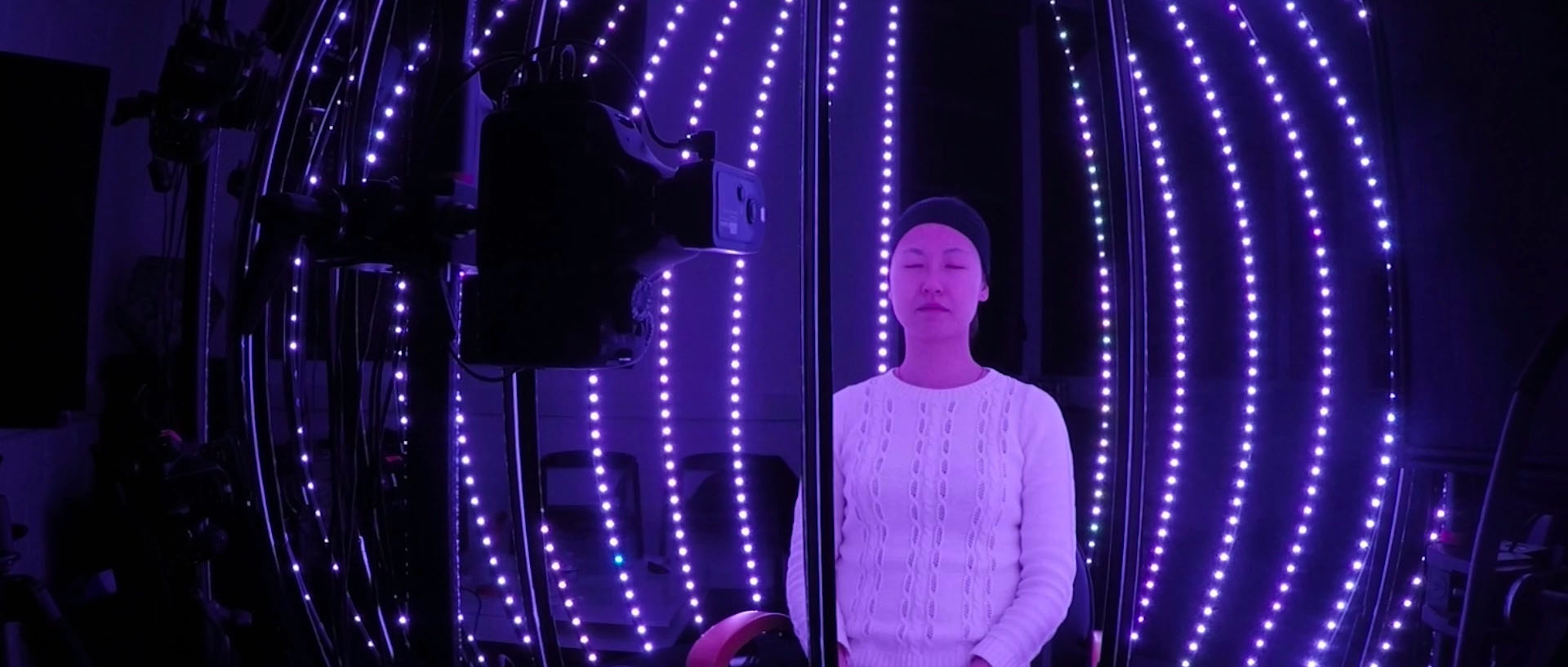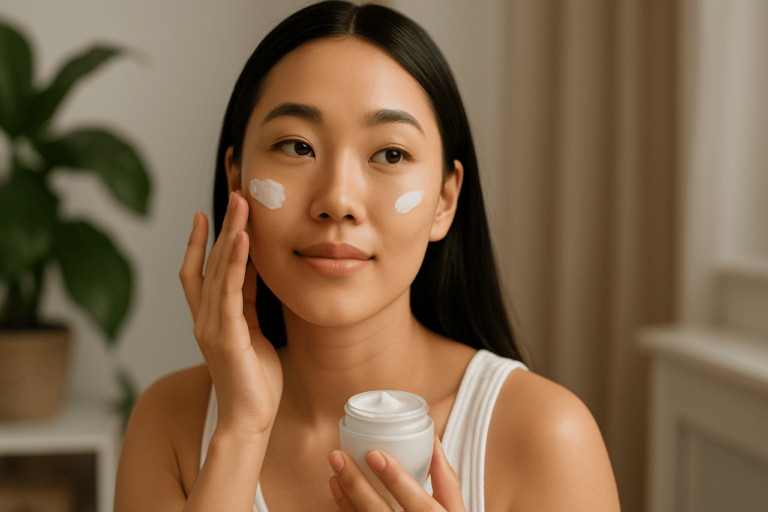Efficacy tests are crucial for validating claims in skincare, determining whether products truly deliver on their promises. However, traditional methods employed by brands and clinical research organizations (CROs) often involve fragmented and laborious approaches, particularly when testing multiple skin parameters. This not only complicates the testing process but also creates missed opportunities for gathering more comprehensive scientific insights and optimizing marketing claims.
Cydolia’s innovative 3D technology is transforming efficacy testing by addressing these inefficiencies. With its cutting-edge system capable of capturing both geometric and material properties of the skin in one scan, Cydolia is enabling a more streamlined, holistic, and scientifically rigorous approach to efficacy testing.
Challenges in current skincare efficacy testing
Fragmented tools for measuring skin parameters
Traditional efficacy tests typically require different instruments for various skin parameters. Tools like the Cutometer measure skin elasticity, while Vapometers gauge hydration. This setup demands repositioning and recalibrating instruments at each stage, leading to extended trial durations and increasing the complexity for both brands and CROs. The multiple tools also lead to higher costs, as CROs often need to source various instruments or partners to cover the required parameters.
Cydolia solves this issue with its advanced Optic + Metric system designed to capture facial data down to the smallest skin pores. This system integrates surface and volume capture, enabling simultaneous acquisition of a full range of skin properties in a single scan, which dramatically simplifies the process. The quick capture allows trials to progress more efficiently without needing multiple tools, thereby reducing overall testing time.
Data fragmentation and incomplete analysis
Traditional tools focus on specific, localized areas of the face, often failing to provide a full picture of how a product affects the entire face over time. This fragmented approach limits the ability to cross-reference data and hinders a holistic view of product efficacy. For instance, when each tool measures different parameters independently, biases can creep in, leading to less accurate or incomplete results.
Unlike traditional methods, Cydolia’s system provides a complete, unbiased view of how skincare products affect the skin by capturing both material and geometric properties in a single scan. This ensures no data is missed, delivering research and development teams detailed analysis on these properties, enabling a clearer understanding of the product’s overall impact.
How Cydolia’s 3D technology is revolutionizing skincare efficacy testing
Comprehensive data acquisition in seconds
Cydolia’s technology replaces the need for multiple tools by capturing geometric and material properties in a single scan that takes only seconds. This quick yet comprehensive acquisition covers the entire face, enabling tests to be completed in significantly less time. The system’s precision extends down to 20 micrometers, making it possible to analyze even the tiniest skin features, such as pores and fine wrinkles. Moreover, the system is designed to work under any facial expression or pose, allowing seamless testing without needing to reposition or recalibrate the subject at different time points.
Customizable and scalable analysis
One of the standout features of Cydolia’s framework is its ability to define Regions of Interest (ROIs) and Evaluation Descriptors. Users can select specific areas of the face to focus on and tailor evaluation criteria to their unique research protocol. This flexibility allows for in-depth statistical analysis—such as averages, variances, and correlations—on both 2D material properties and 3D metric information extracted from the scan.
By structuring and combining all this data on a common 3D parametrization, Cydolia is able to measure all standard optical, metric, and mechanical parameters while also defining new ones. This depth of analysis gives marketers access to a wider range of scientifically validated data, which can support more innovative claims. For instance, products may reveal unexpected improvements in skin tone or texture—parameters that may not have been initially targeted in the efficacy tests.
Enhancing scientific and marketing opportunities
Comprehensive and unbiased efficacy test results
Cydolia’s system captures all skin properties simultaneously, providing a detailed and comprehensive view of a product’s efficacy. By capturing both material and geometric data in real-time, it allows R&D teams to evaluate a product’s impact on parameters like skin glossiness, transparency, and absorption, alongside structural data on wrinkles and pores.
Additionally, Cydolia’s framework enables brands to make precise before-and-after comparisons, based on exact, reproducible data. This model ensures consistency across different time points, subjects, and conditions, allowing brands to showcase real, scientifically validated product benefits in their marketing campaigns.
Turning efficacy test data into long-term marketing assets
Leveraging data for marketing and scientific validation
Cydolia’s efficacy testing framework provides brands with a wealth of data that goes beyond traditional testing results. The comprehensive, multi-parameter data captured can be reused for future product launches, new marketing claims, or regulatory submissions. For example, the 3D models and texture maps generated during trials can be repurposed for realistic 3D simulations or before-and-after visualizations, giving marketing teams the tools they need to communicate efficacy with engaging, scientifically-backed visuals.
By transforming efficacy test results into long-term communication assets, Cydolia enables brands to extend the value of their clinical trials, using the data not only to validate product claims but also to strengthen their market positioning.





